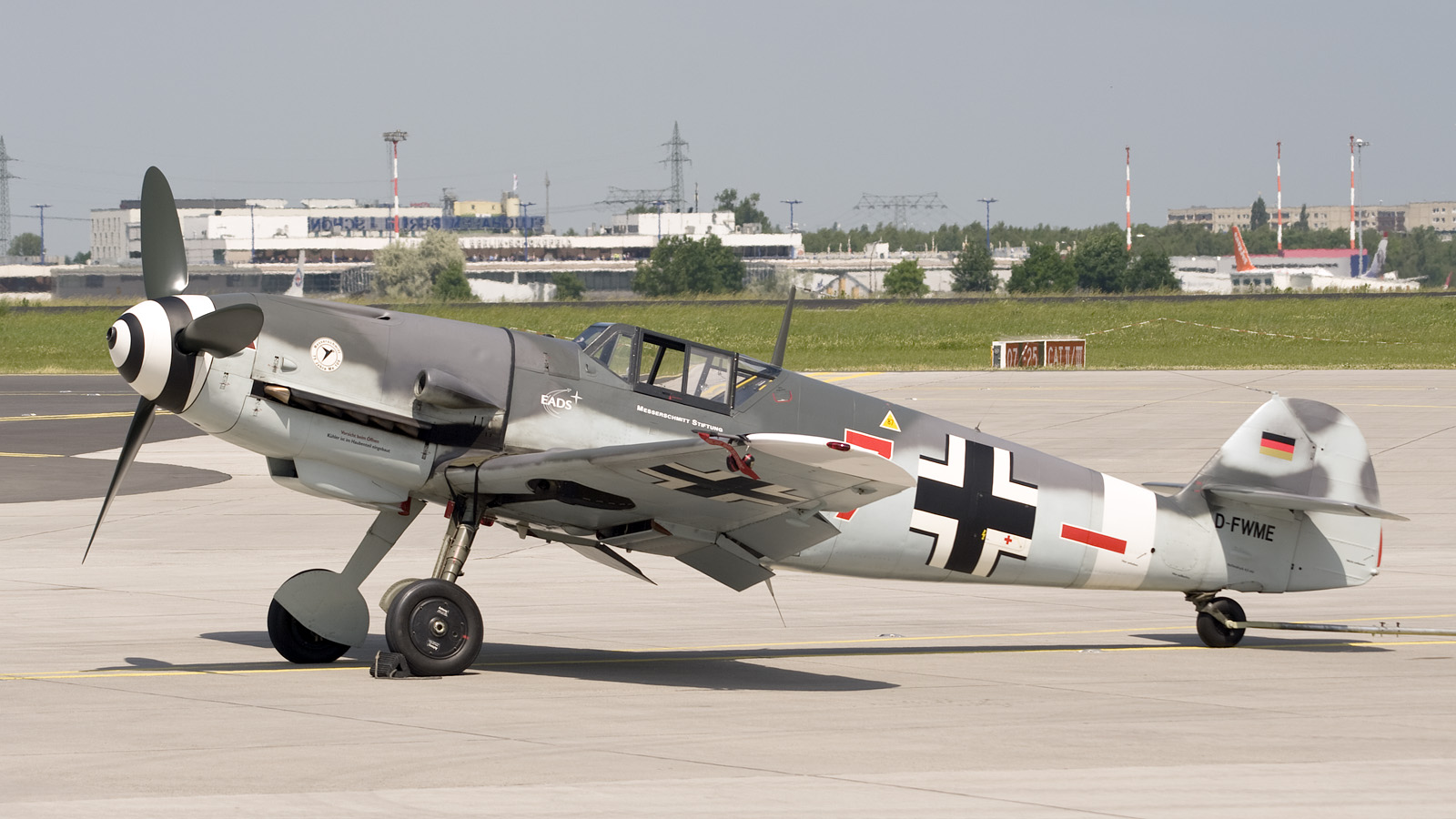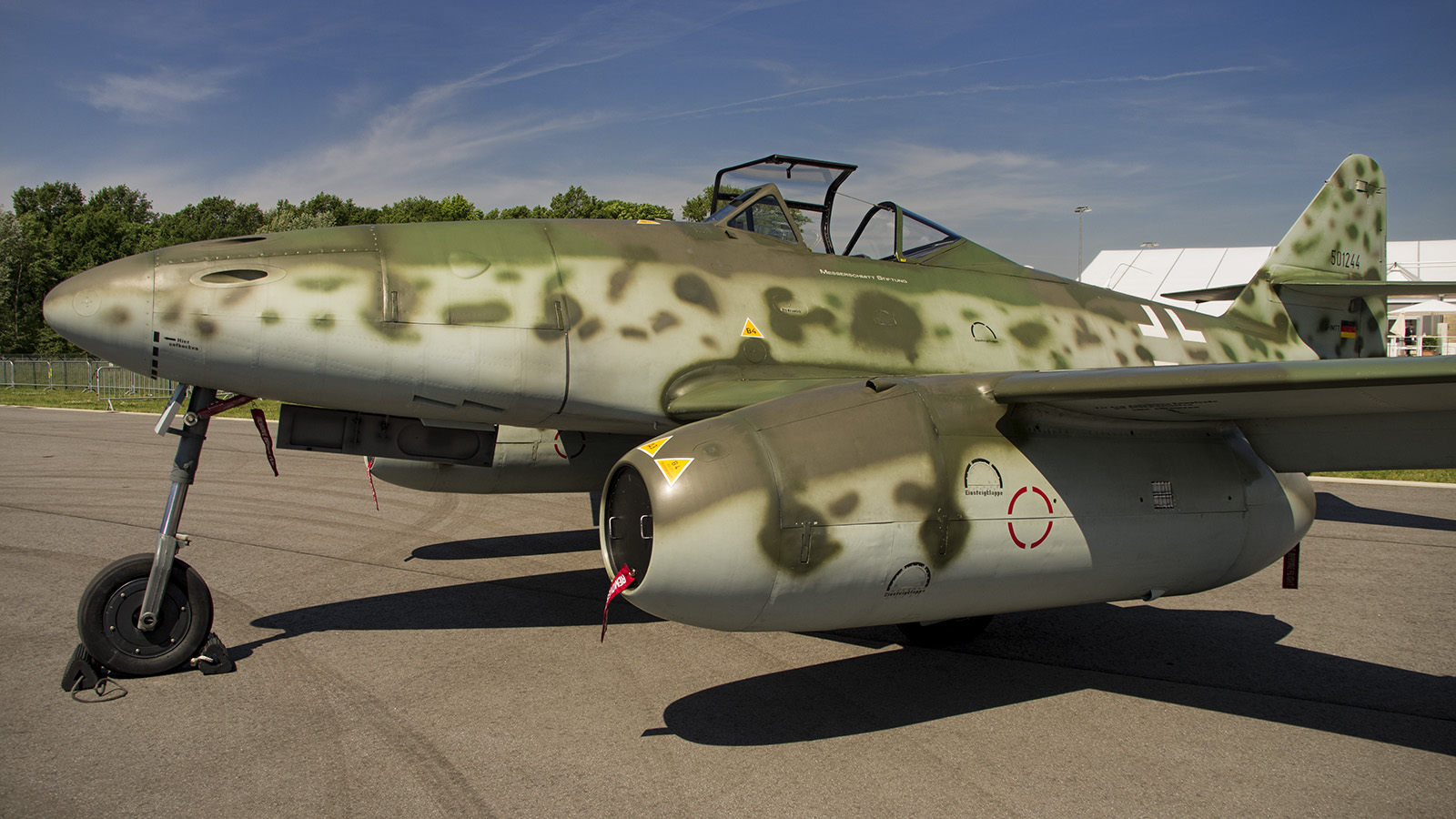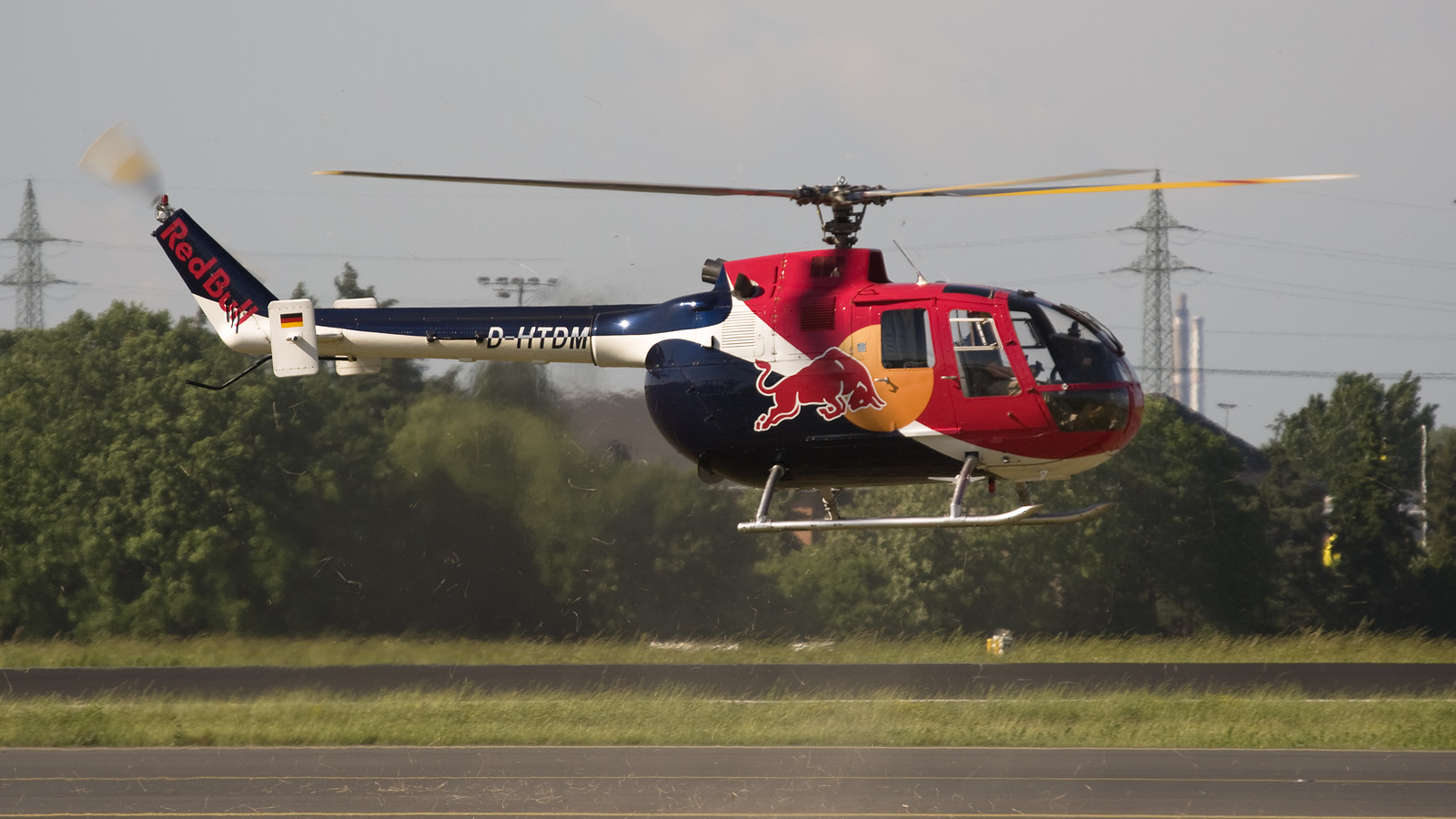
The Messerschmitt Me 163 was as a research aircraft with rocket propulsion designed by Dr. Alexander M Lippisch.
Developing nation: Germany.
Manufacturer/designer: Bayerische Flugzeugwerke Messerschmitt/Dr. Alexander M Lippisch.
Production: .
Number built: 370.
Type aircraft: rocket-powered fighter aircraft.
First flight: 1 September 1941 Me 163 A V4 .
First delivery: May 1944.
Retired: 1945.
Developed from the Me 163A was the Me 163B, A single seat target defense fighter. It featured a constant 22.3 degrees of wing sweepback at quarter chord, lacked horizontal tail surfaces and utilized a jettisonable twin-wheel dolly for take off and a retractable skid for landing.
A total of six prototypes and 70 pre-series were ordered. The first prototype (Me 163B V1) was completed in April 1942, but it had to wait for the completion of the first HWK R II-211 rocket motor for it’s propulsion. The first flight with the rocket engine took place on June the 23rd 1943 (prototype Me 163B V2).
The HWK 509A-1 production rocket engine produced a max. thrust of 1700 kg for 7.5 minutes.
In May 1944 the Luftwaffe accepted it’s first Me 163B, unofficially it was called ‘Komet’ a total of 279 Me163’s were delivered, it was not very successful, 80 per cent suffered damage from take off or landing accidents and 15 per cent lost control in a dive or had fire onboard in the air. Over 300 planes were built, however the Komet proved ineffective as a fighter, having been responsible for the destruction of only about nine Allied aircraft.
Combat operations continued from May 1944 to spring 1945. During this time, there were nine confirmed kills with 14 Me 163s lost. Allied fighter pilots soon noted the short duration of the powered flight. They would wait, and when the engine died they would pounce on the unpowered Komet. However, the Komet was extremely manoeuvrable and could pull out of a turn much later than any Allied fighter. Another Allied method was to attack the fields the Komets operated from, and strafed them after the Me 163s landed.
Development of the Me 163C from the Me 163B with improved rocket engine that could last for 19 minutes started in January 1943, testing scheduled for August 1944 newer took place. No Me163C was ever completed or tested.
General characteristics
- Crew: 1
- Length: 5.70 m (18 ft 8 in)
- Wingspan: 9.33 m (30 ft 7 in)
- Height: 2.75 m (9 ft 0 in)
- Wing area: 18.5 sq m (200 sq ft)
- Empty weight: 1,905 kg (4,200 lb)
- Loaded weight: 3,950 kg (8,710 lb)
- Max takeoff weight: 4,310 kg (9,500 lb)
- Powerplant: 1? Walter HWK 109-509A-2 liquid-fuel rocket, 17 kN (3,800 lbf)
Performance
- Maximum speed: 1,060 km/h (596 mph)
- Range: 40 km (25 mi)
- Service ceiling: 12,100 m (39,700 ft)
- Rate of climb: 160 m/s (525 ft/s)
- Wing loading: 213 kg/sq m (43 lb/sq ft)
- Thrust/weight: 0.42
Armament
- Guns: *2 x 30 mm (1.18 in) Rheinmetall Borsig MK 108 cannons (60 rpg)



Wonderful concepto developed later in the Convair XF-92 and then to F-192 and F-106, B-58 and other flying wing birds like the B-35, B-59 and finally the Northeop B-2.